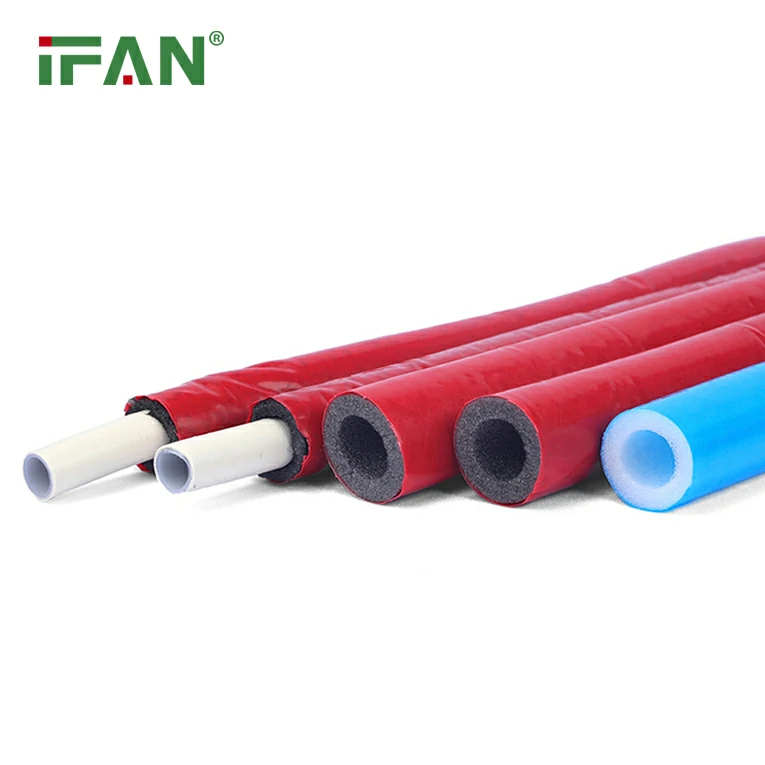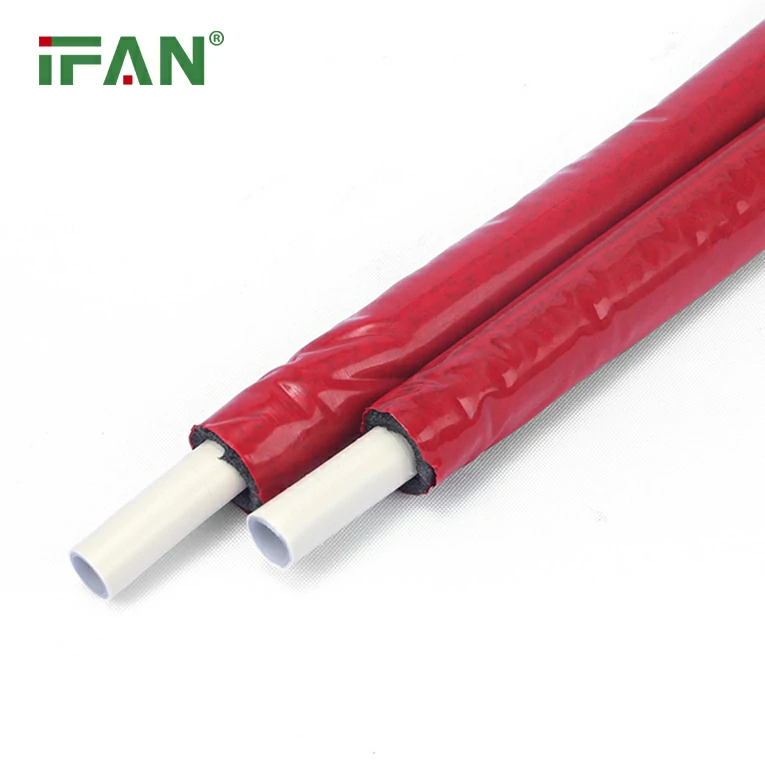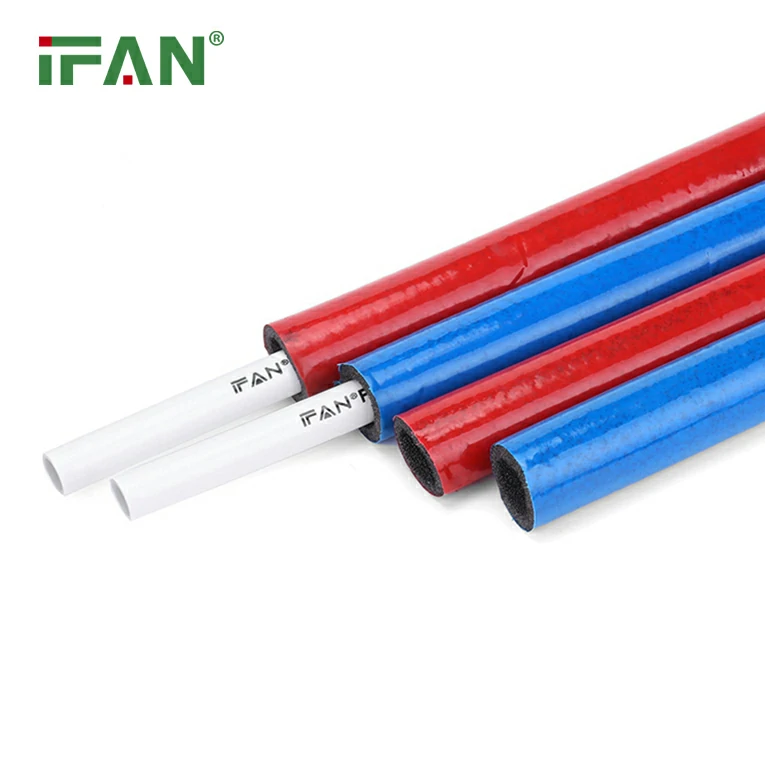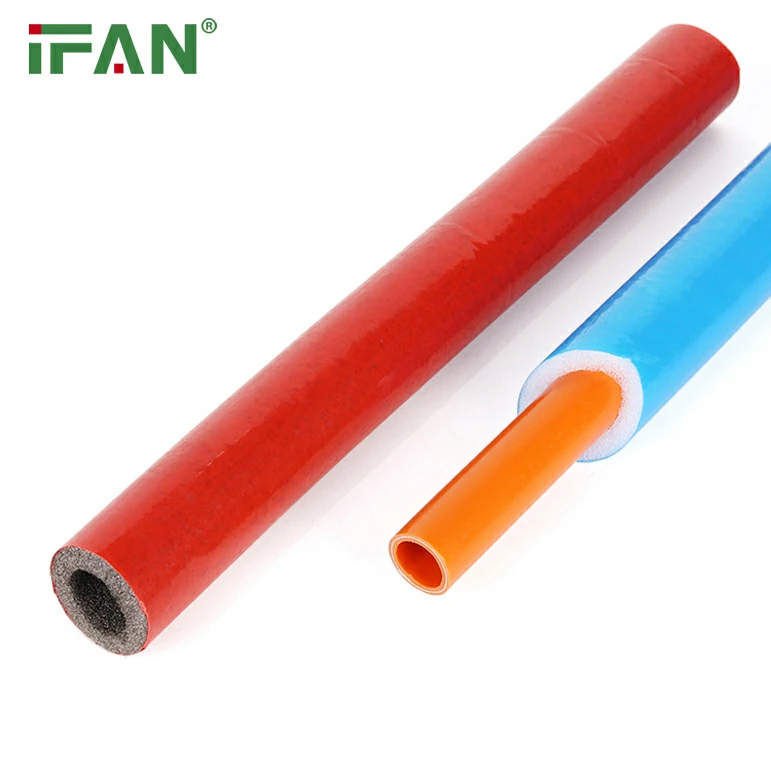In the world of plumbing, PEX (cross-linked polyethylene) has become a preferred material due to its versatility, flexibility, and long-lasting performance. Whether for residential, commercial, or industrial systems, PEX pipes are widely used for water distribution, radiant heating, and other applications. However, to ensure these systems work seamlessly, the choice of PEX fittings is crucial. Properly connecting PEX pipes requires understanding the various PEX pipe-connection fitting systems available.
In this article, we will take an in-depth look at the different PEX fittings, how they work, their installation methods, and their advantages. Whether you are a seasoned plumber or a DIY enthusiast, knowing how to connect PEX pipes efficiently is key to a reliable plumbing system.
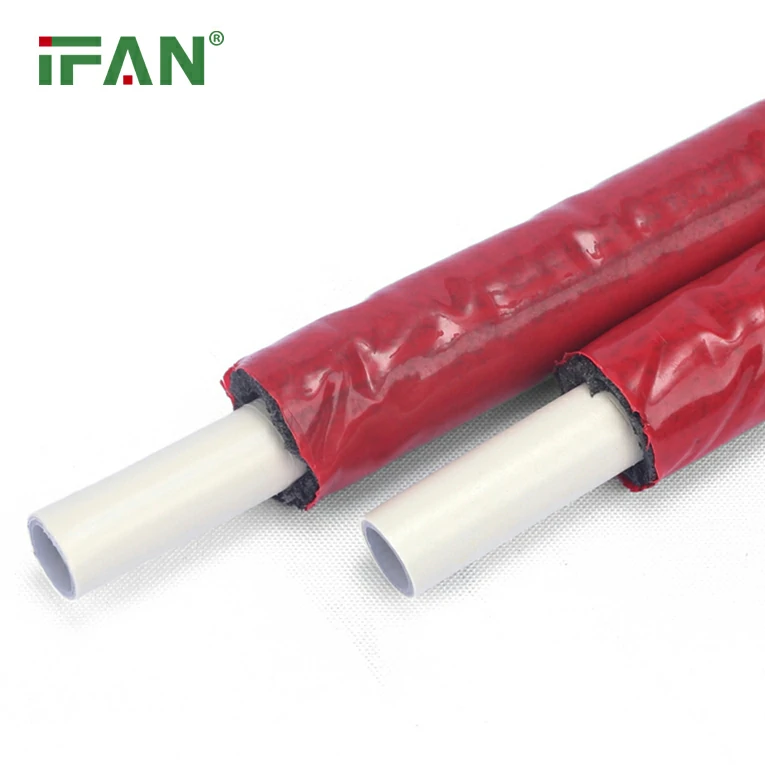
What Are PEX Fittings?
PEX fittings are essential components used to connect PEX pipes with each other and with other types of plumbing pipes, such as copper, PVC, or CPVC. They are designed to securely hold the PEX pipes in place while ensuring a leak-free connection. PEX fittings come in various shapes and sizes, allowing for a wide range of plumbing applications.
PEX fittings typically come in the following forms:
- Elbows – Used for changing the direction of a PEX pipe.
- Tees – Allow for branching off the main pipe.
- Couplings – Connect two pieces of PEX pipe together.
- Adapters – Transition between different types of pipes, such as PEX to copper or PVC.
- Caps – Used to close the end of a PEX pipe.
Common Types of PEX Fitting Systems
There are several types of PEX fitting systems, each offering distinct advantages and installation methods. Understanding the differences can help you choose the best system for your needs.
1. Crimp Fitting System
The crimp fitting system is one of the oldest and most common methods for connecting PEX pipes. It involves using a metal ring (often made of copper) and a crimp tool to secure the fitting to the PEX pipe. The crimp ring is placed over the pipe and fitting, and the crimping tool tightens the ring, forming a secure connection.
Advantages of Crimp Fitting Systems:
- Durability: Once crimped, the connection is very secure and resistant to pressure.
- Cost-Effective: Crimp fittings are generally less expensive than other types.
- Widely Available: Crimp fittings are commonly found in most plumbing supply stores.
Disadvantages:
- Requires Special Tools: A crimping tool is required for installation, which can add to the cost of the project.
- Potential for Mistakes: If the crimping tool is not used properly, it could lead to leaks or weak connections.
2. Clamp Fitting System
The clamp fitting system is another widely used method for connecting PEX pipes. Like crimp fittings, clamp fittings use a metal ring, but instead of crimping the ring, you use a special clamp tool to tighten the ring around the pipe and fitting. This system uses stainless steel clamps, providing additional strength to the connection.
Advantages of Clamp Fitting Systems:
- More Forgiving: Unlike crimping, clamp fittings are less likely to cause damage if over-tightened.
- Ease of Use: The installation is easier and quicker compared to crimp fittings.
- Strong Connection: The stainless steel clamp offers a secure and long-lasting seal.
Disadvantages:
- Additional Tool Requirement: You will need a clamp tool, which could be an extra expense.
- Size Limitations: Clamp fittings may not be available in as many sizes as crimp fittings.
3. Push-Fit Fitting System
The push-fit fitting system is known for its ease of use and quick installation process. With this system, PEX pipes simply push into the fittings, where an internal seal ensures a tight and leak-free connection. No special tools are required for installation, making it an excellent choice for DIY enthusiasts.
Advantages of Push-Fit Fitting Systems:
- Tool-Free Installation: No crimping, clamping, or other tools are needed.
- Fast and Efficient: The connection is quick and easy, especially for smaller projects.
- Reusability: Some push-fit fittings can be reused if necessary, making them more flexible than other systems.
Disadvantages:
- Cost: Push-fit fittings tend to be more expensive than crimp or clamp fittings.
- Limited Availability: Although push-fit fittings are becoming more common, they are not available in as many sizes and styles as crimp or clamp systems.
4. Expansion Fitting System (ProPEX)
The ProPEX expansion system is a unique fitting method where the end of the PEX pipe is expanded using a special tool, and then the fitting is inserted into the pipe. As the pipe contracts back to its original size, it forms a secure connection with the fitting. This system does not use crimp rings or clamps, offering a simple yet highly reliable connection.
Advantages of Expansion Fitting Systems:
- No Crimping or Clamping: The expansion system eliminates the need for crimp rings or clamps, reducing the complexity of installation.
- Leak-Free Connections: ProPEX connections are considered to be highly secure and resistant to leaks.
- Long-Term Durability: The expansion method creates a tight, durable connection that can last for many years without maintenance.
Disadvantages:
- Specialized Tool Required: The expansion tool can be costly, although it is typically a one-time investment for large projects.
- Time-Consuming Setup: The process of expanding the pipe and inserting the fitting may take more time compared to push-fit or clamp systems.
5. Compression Fitting System
Compression fittings are another option for connecting PEX pipes to other plumbing materials, such as copper or PVC. These fittings rely on a compression ring that is tightened using a wrench. The compression ring presses against the pipe, forming a leak-tight seal.
Advantages of Compression Fitting Systems:
- Versatility: Compression fittings are ideal for connecting PEX to other materials, such as copper and PVC.
- Secure Connections: The compression method creates a strong, leak-resistant joint.
- No Special Tools Needed: Unlike crimp and expansion systems, compression fittings can typically be installed with a basic wrench.
Disadvantages:
- Installation Complexity: Compression fittings may take longer to install compared to push-fit systems.
- Potential for Over-tightening: If the fitting is tightened too much, it could damage the pipe or fitting.
Choosing the Right PEX Fitting System for Your Project
When deciding which PEX fitting system to use, several factors should be taken into consideration:
- Budget: Some systems, like push-fit fittings, can be more expensive than crimp or clamp fittings.
- Skill Level: If you’re a DIYer, the push-fit or expansion systems may be easier to install. For professionals, crimp or clamp fittings are often preferred due to their reliability.
- Project Size: For large-scale installations, crimp and expansion systems might be more appropriate, while push-fit fittings may be better for smaller or less complex jobs.
- Type of System: If you’re connecting PEX to other materials, compression fittings may be necessary, as they are designed for this purpose.
Benefits of Using PEX Fitting Systems
- Flexibility: PEX fittings allow for a high degree of flexibility, making it easy to route pipes through walls, ceilings, and floors.
- Resistance to Corrosion: Unlike copper or steel pipes, PEX pipes and fittings do not corrode, making them ideal for areas with harsh water conditions.
- Cost-Effective: PEX materials, including fittings, are often less expensive than traditional materials, which can help reduce overall plumbing costs.
- Ease of Installation: Many PEX fitting systems are designed to simplify the installation process, saving both time and labor costs.
Conclusion
PEX piping systems have transformed the plumbing industry, offering an affordable, durable, and easy-to-install solution for water distribution and radiant heating systems. The choice of PEX fittings is just as critical as selecting the right pipe. Whether you opt for crimp, clamp, push-fit, expansion, or compression fittings, it’s important to consider the unique needs of your project.
By understanding the advantages and limitations of each PEX fitting system, you can ensure a secure and long-lasting plumbing installation that meets your requirements. With the wide variety of fitting systems available today, you can easily find the one that best suits your installation method, budget, and skill level.
Frequently Asked Questions (FAQs)
1. What are the most common types of PEX fittings?
The most common types of PEX fittings are crimp, clamp, push-fit, expansion (ProPEX), and compression fittings. Each type offers a unique method for connecting PEX pipes to each other or to other plumbing materials.
2. Can I use PEX fittings with other types of pipe materials?
Yes, PEX fittings are available for connecting PEX to other types of pipes such as copper, PVC, or CPVC. Compression fittings, for example, are designed specifically for connecting PEX to rigid pipes.
3. How do push-fit fittings work with PEX pipes?
Push-fit fittings allow you to simply push the PEX pipe into the fitting without the need for crimping or special tools. The internal seal creates a tight, leak-free connection.
4. Are PEX fittings reusable?
Some PEX fittings, particularly push-fit fittings, are reusable, but it depends on the type of fitting and the condition of the pipe. For the most part, PEX crimp fittings and compression fittings are not designed to be reused once installed.
5. Can I install PEX fittings without professional help?
Many PEX fitting systems, such as push-fit or expansion fittings, are designed for easy installation and can be installed by DIY enthusiasts. However, more advanced systems like crimp fittings may require specialized tools and professional experience.

